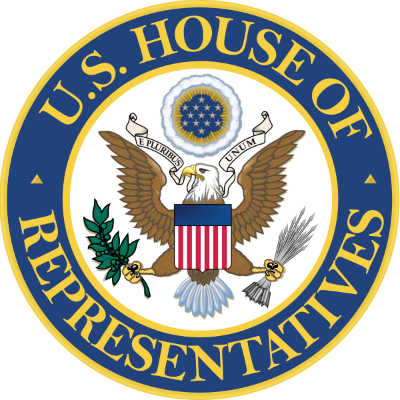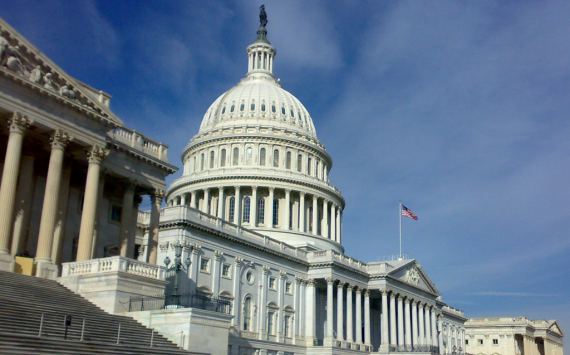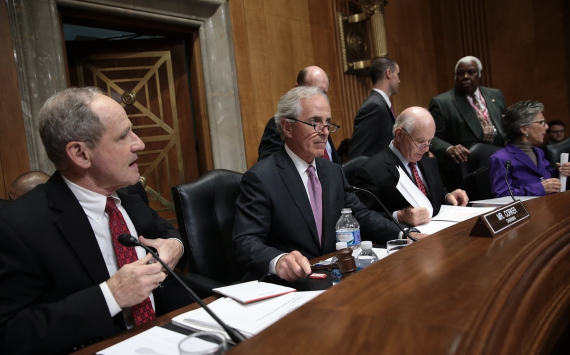Description
The United States House of Representatives is the lower house of the United States Congress; the Senate is the upper house. Together they compose the national bicameral legislature of the United States.
The composition of the House is established by Article One of the United States Constitution. The House is composed of representatives who sit in congressional districts allocated to each state on a basis of population as measured by the U.S. Census, with each district entitled to one representative. Since its inception in 1789, all representatives have been directly elected. The number of voting representatives is fixed by law at 435. In addition, there are currently six non-voting members, bringing the total membership of the US House of Representatives to 441 or fewer with vacancies. As of the 2010 Census, the largest delegation is that of California, with 53 representatives. Seven states have only one representative: Alaska, Delaware, Montana, North Dakota, South Dakota, Vermont, and Wyoming.
The House is charged with the passage of federal legislation, known as bills, which, after concurrence by the Senate, are sent to the president for consideration. The House also has exclusive powers: it initiates all revenue bills, impeaches federal officers, and elects the president if no candidate receives a majority of electoral votes. The House meets in the south wing of the United States Capitol.
The presiding officer is the speaker of the House, who is elected by the members thereof (and is therefore traditionally the leader of the controlling party). The speaker and other floor leaders are chosen by the Democratic Caucus or the Republican Conference, depending on whichever party has more voting members.


































